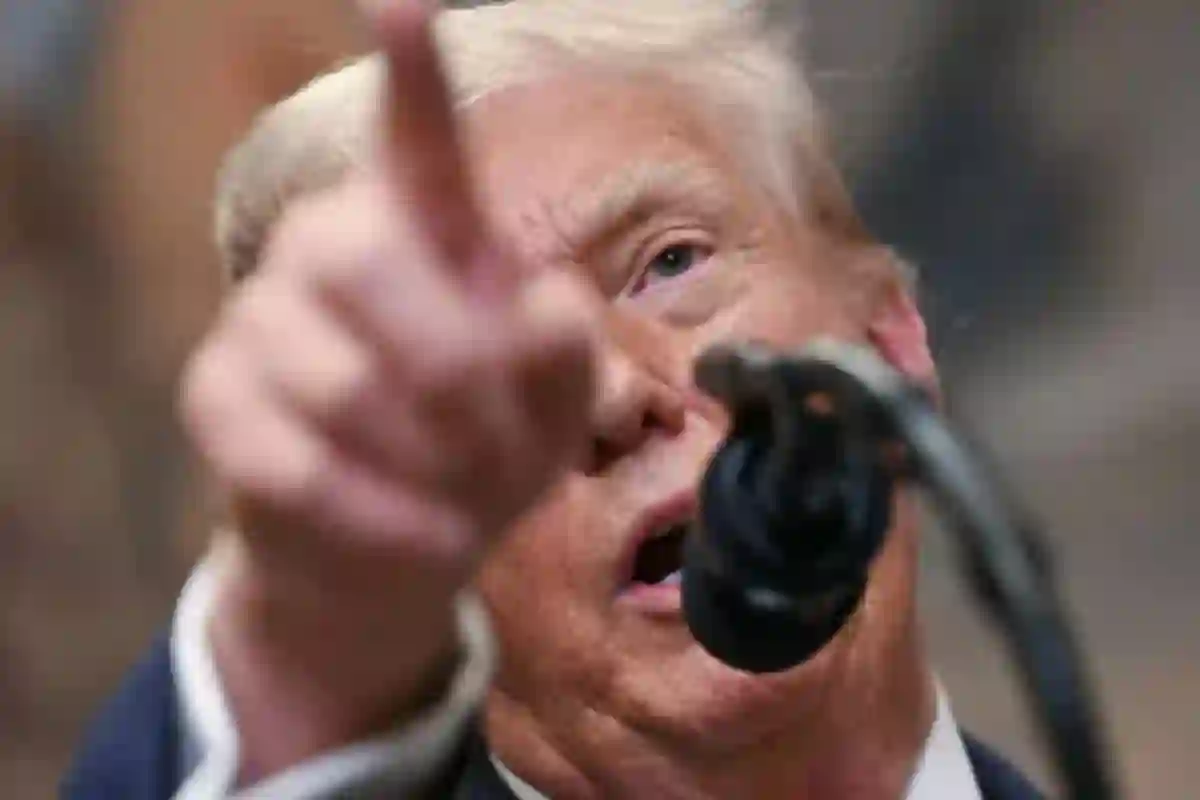Just when it seemed like things were settling down on the global trade front, former U.S. President Donald Trump signed off on another big move.
This time, it’s a sweeping executive order imposing new tariffs on a long list of countries — and they’re not minor changes either.
Some tariffs are set as high as 41%, and they’ll start kicking in within a week.
Oh, and in case you’re wondering, South Africa isn’t getting off lightly — the country now faces a hefty 30% tariff, which is double what neighbouring nations like Zimbabwe, Namibia, and Mozambique are being charged.
A Deadline Extended, But Tensions Still Rising
Interestingly, the executive order came shortly after Trump gave Mexico a 90-day extension to finalise a separate tariff agreement.
But for the rest of the world, the clock is ticking.
These new tariffs are set to go into effect seven days after the original deadline passed, which was at 12:01 am Washington time on Friday.
In total, 69 countries and territories are on the receiving end of this latest trade crackdown.
South Africa Gets Hit Harder Than Its Neighbours
For South Africa, the announcement is more than just a diplomatic slap — it could mean real economic consequences.
A 30% tariff places the country in one of the higher brackets, far above most of its African peers, who mostly received a standard 15% rate.
Countries like Libya and Algeria are also facing 30%, but the only ones with worse rates are Syria at 41%, Switzerland at 39%, and Laos and Myanmar at 40%.
A Quick Look at Who’s Facing What
Here’s a sample breakdown of the reciprocal tariffs that will soon be hitting U.S. imports:
-
South Africa – 30%
-
India – 25%
-
Switzerland – 39%
-
Laos – 40%
-
Syria – 41%
-
Brazil – 10%
-
United Kingdom – 10%
-
Vietnam – 20%
-
Pakistan – 19%
-
Japan – 15%
-
Israel – 15%
-
Malaysia – 19%
-
Thailand – 19%
-
Serbia – 35%
-
Turkey – 15%
As you can see, there’s no clear pattern — some countries have been hit harder than others, and even traditional allies like the UK and Japan are on the list.
What Does This Mean for South Africa?
The big question now is what kind of impact this could have on South Africa’s trade with the U.S. American imports play a key role in everything from consumer goods to tech equipment and pharmaceuticals.
A 30% tariff could lead to higher costs for South African businesses and consumers, and possibly even retaliatory action from Pretoria.
Given that neighbouring countries got off with just 15%, there’s also a growing concern that South Africa is being unfairly singled out.
Is This About Fair Trade or Political Messaging?
Trump’s administration has long argued that these kinds of tariffs are about leveling the playing field — giving U.S. producers a better shot against what they call unfair foreign competition.
But critics say these moves are more about economic intimidation than genuine trade reform.
And with an election cycle heating up again in the U.S., some see this as a political move meant to play to Trump’s base.
What Now for Global Relations?
For countries like South Africa, this could trigger a rethink in how they approach trade negotiations going forward.
It might also push some nations closer to alternative partners like China or the EU.
The global chessboard is shifting — and these tariffs could set off a cascade of new trade alliances and rivalries.
